Horror has always been the bedrock for subversion and subtext in film. Contrary to typical thinking, bubbling beneath even the lowliest slasher is bound to be a statement on sexuality or related ideas. Many think the objectification and marring of women onscreen is some sort of sick pleasure – granted it may be to some – instead of a reflection of the apprehensions of a male-dominated society.
Desire and disgust become mingled in the many refractions of horror, from C-movie sequels to art house, from Nosferatu to A Quiet Place. Horror is a house for many concepts but chief among these is femininity. Here is the list of top feminist horror films that have tapped into the theme most profoundly this decade.
10. Crimson Peak
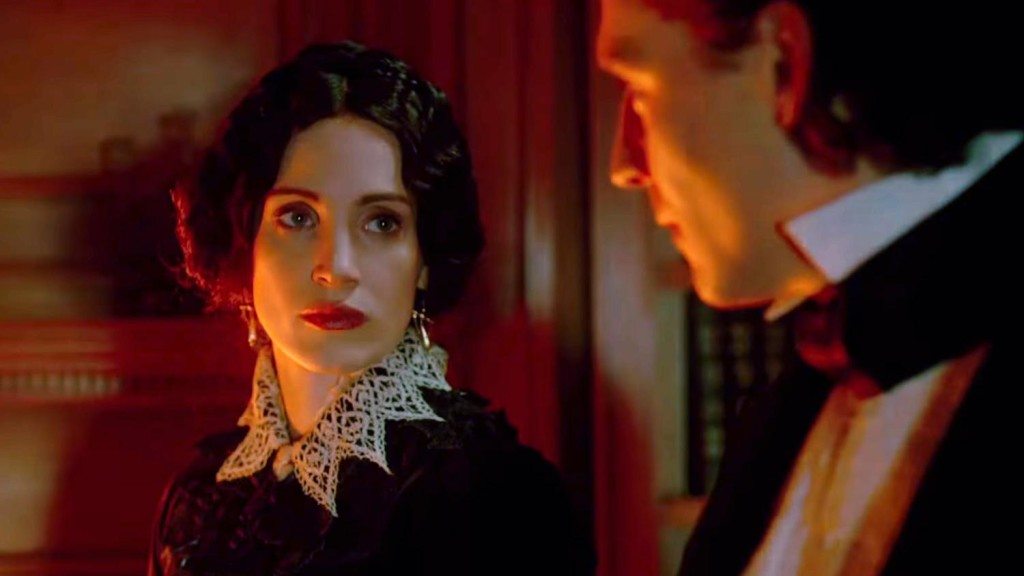
Guillermo del Toro’s return to gothic horror was a welcome one, especially after the superheroes and Rock ‘Em Sock ‘Em Robots. With Crimson Peak his exercises in visual panache outweighed the potency of his storytelling, but that hardly stopped him from touching on topics of sexuality, not unlike his Oscar ticket The Shape of Water. Crimson Peak’s tale of a bride to be caught between her fiancée and future sister-in-law follows the path of traditional ghost stories, but the anxieties of familial drama and a dash of incest make it an unexpected cautionary tale on marriage.
Read More: Best Horror Movies of 2016
9. You’re Next
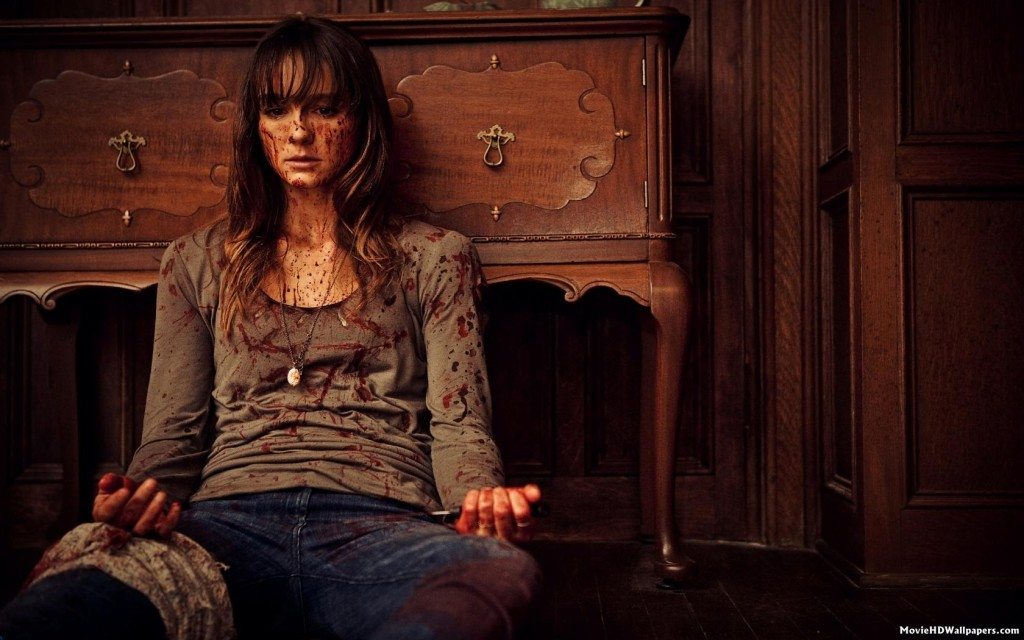
The best feminist reversal in horror movies is when the Final Girl – usually the most pure – doesn’t perish with a whimper but instead defends herself against the central monster or killer. Adam Wingard’s You’re Next was already cheeky enough in its semi-self-aware slasher sendup, which is clever enough to sustain certain tropes. Our protagonist Erin (Sharni Vinson) is the most capable character in the movie and by simple virtue of her competence the film is refreshingly brutal and comic.
Read More: Best Horror Movies of the 1970s
8. Stoker
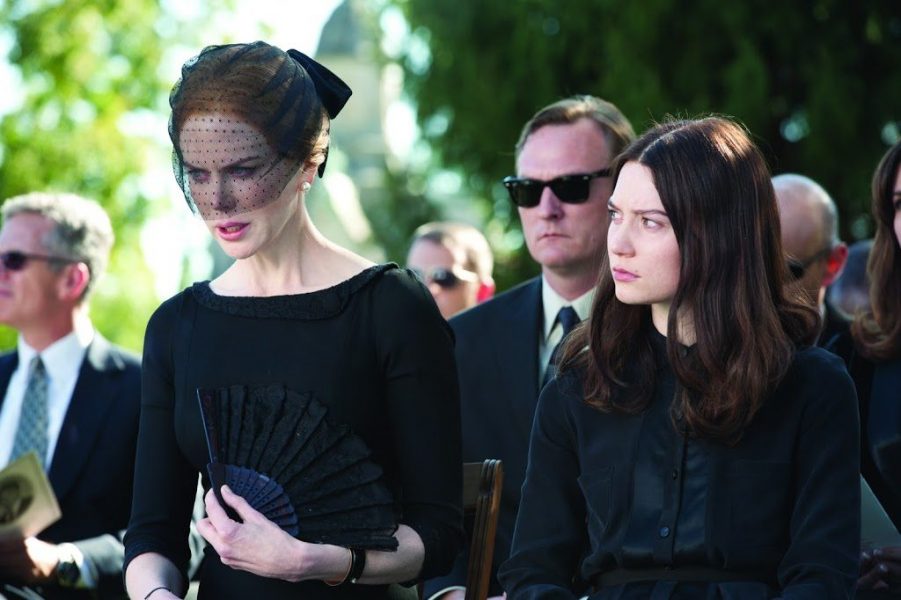
Park Chan-wook has more than made a name for himself over two decades of filmmaking. Oldboy is a staple of modern world cinema, but Stoker, a rare English-language film of his, is infused with a kinetic, unresolved energy seldom witnessed stateside. Played against type, the characteristic gentile of Mia Wasikowska is ignored in favor of capturing the suspicions of a brooding, clever and capable teen caught in a Hitchcockian blunder – the film is more than a little reminiscent of Shadow of a Doubt, only our protagonist is far less passive than Charlie was.
Read More: Best Horror Movie Villains of All Time
7. A Girl Walks Home Alone at Night
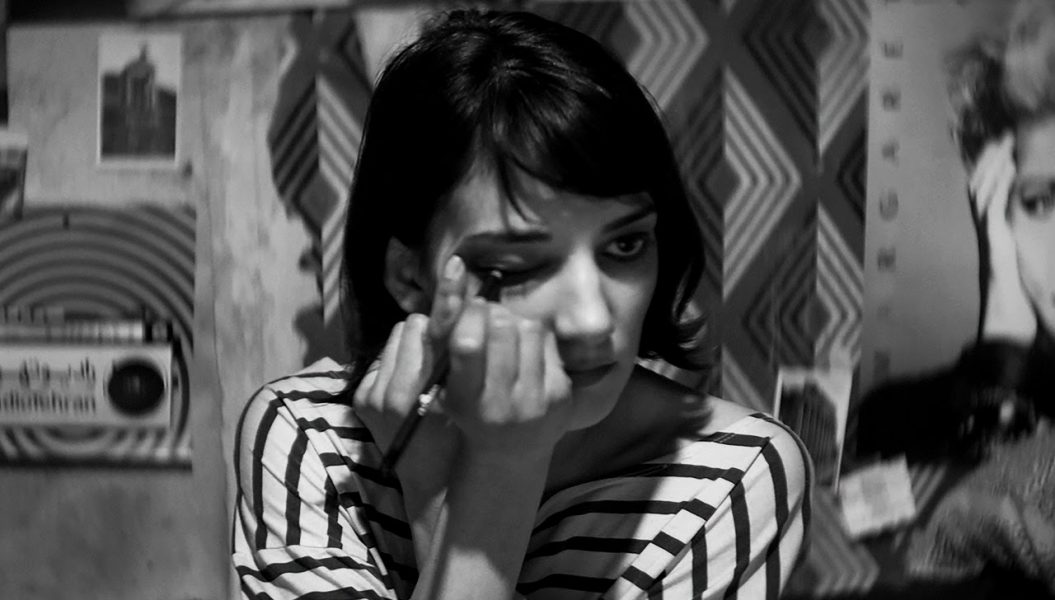
Female vampires don’t get their fair share of screen time, apart from the schlock on television. The horror-romance of the vampire western A Girl Walks Home Alone at Night is subtle and sensitive enough to call it a minor classic. Elegantly shot in black and white, the dreamy and dainty film locates something that is equally lovely and sinister at the core of its story. Coloring the woman as the misunderstood “other” better than similar cinematic works, the film is a visually or emotionally rewarding feast for the senses.
Read More: Best Space Horror Movies of All Time
6. The Skin I Live In
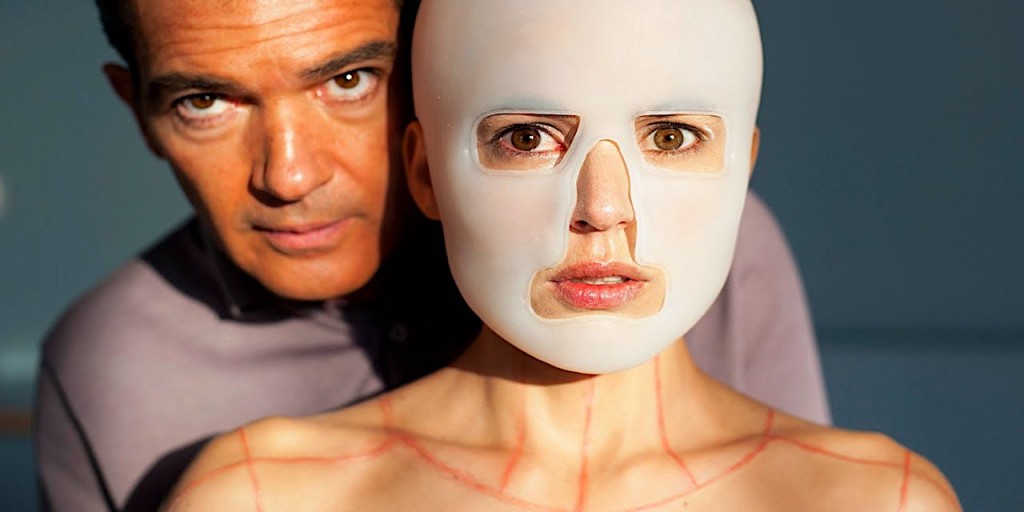
Though it’s only seven years old, if released today I doubt the trans community would let Pedro Almodóvar’s disturbing film The Skin I Live In come and go without criticism. In the most convoluted revenge scheme ever, Antonio Banderas gets back at the young fool who raped his daughter by forcing him to undergo a sex change and serve as a punished sex slave for years to come. The audacious psychological thriller turns the pain that rapists have so ignorantly caused on their victims back on themselves. This revenge fantasy is a troubling examination of a grim cycle of abuse on top of the surface level taboos – the total picture is potently disquieting.
Read More: Best Alien Horror Movies of All Time
5. It Follows
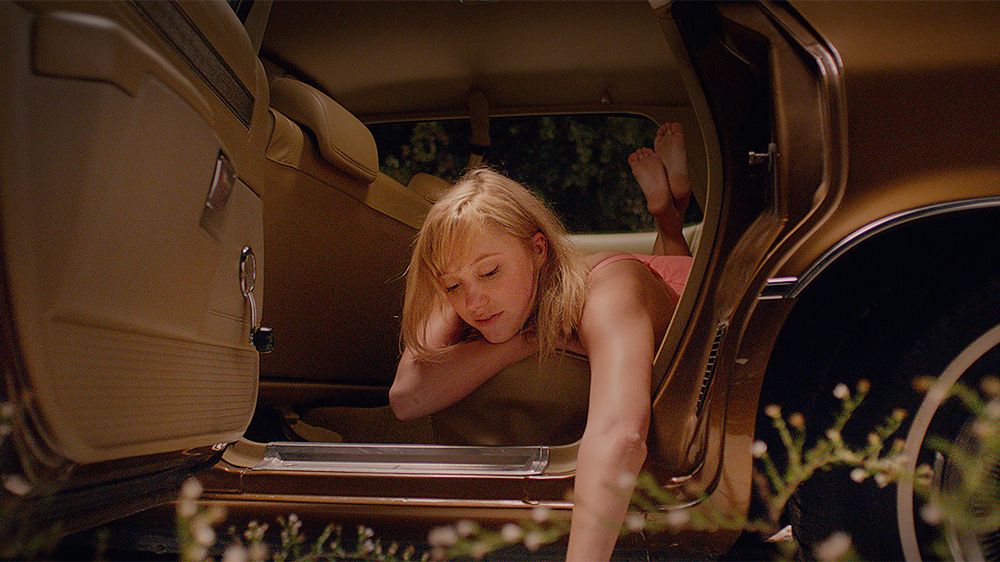
Calling a certain film a deconstruction of any genre is a cheap observation, but It Follows does essentially break horror down to its basic parts. The meaning behind the ‘it’ of the story can be interpreted many ways – some people jump straight to STDs, but moreover the film highlights the female fear of exercising her sexuality freely. It Follows internalizes the consequences of intimacy in order to give shape to a great premise, but David Robert Mitchell’s breakthrough supernatural horror movie doesn’t sacrifice any artistry or entertainment in order to leave behind such a breadth of subtext.
Read More: Best Horror Movies of the 1980s
4. The Neon Demon
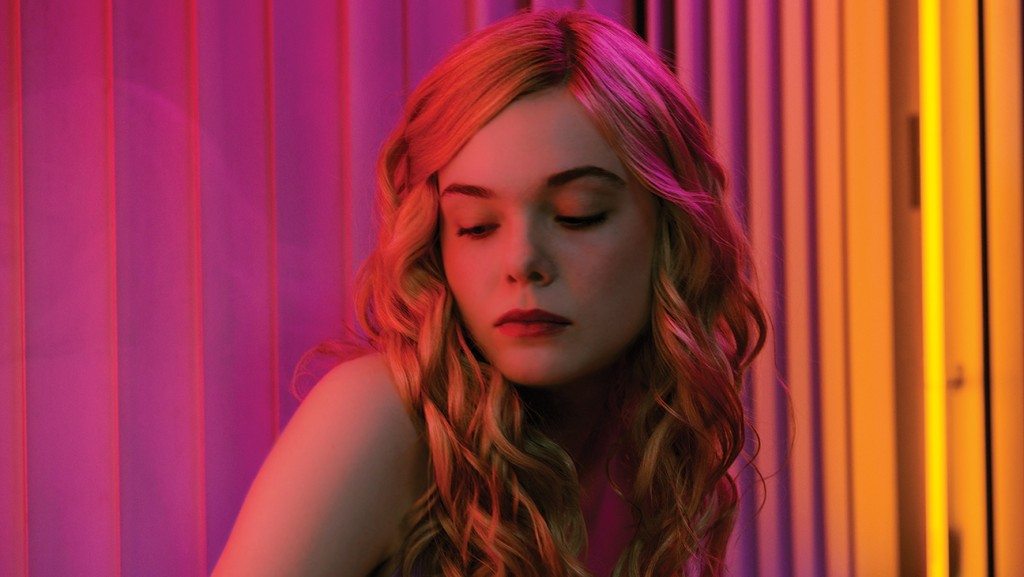
No director this era has made a stronger case that style is in fact substance than Nicolas Winding Refn. While far from his strongest work, The Neon Demon is arguably his most daring and most visually sublime. A shallow film about the shallowness of modeling better be as phenomenally ornate and sleekly modern as the state of the fashion industry itself – The Neon Demon’s themes are skin deep but for an appropriate purpose. The ultimate death of Elle Fanning’s angelic character by the hands of her jealous and beautiful colleagues is a fitting albeit troublesome conclusion to a story about the danger of cultural superficiality and the way it encourages the objectification of women, especially by members of the same sex.
Read More: Best Horror Movies Set in Woods
3. The Love Witch
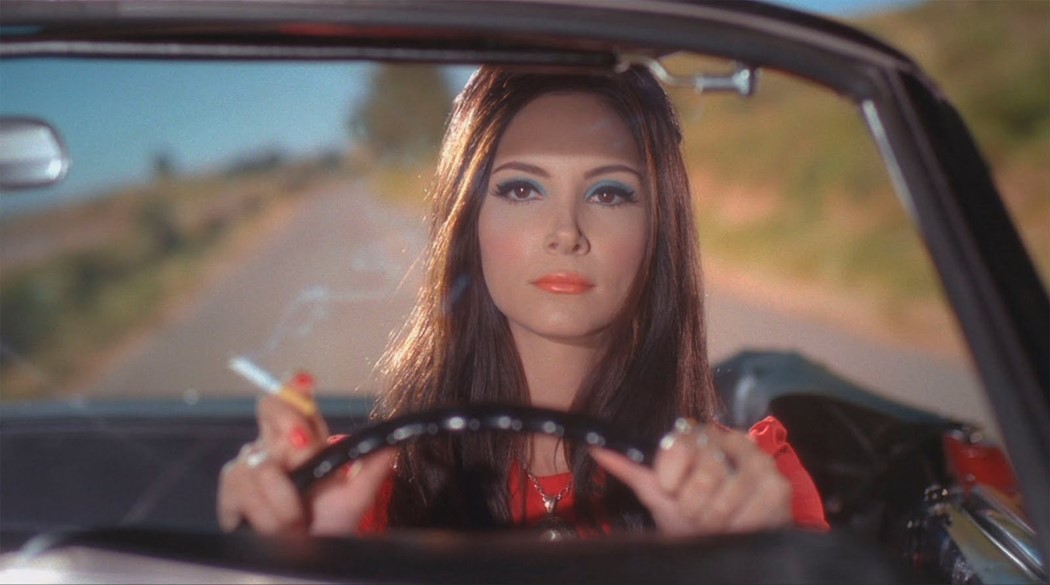
Composed with meticulous love and care as director, producer, writer, editor, production designer, costume designer and composer, Anna Biller’s The Love Witch is what they call a gem. The horror black comedy is a fabulous breed of hilarity and psychedelic, satanic hijinks. Shot in 35mm and painstakingly arranged to emulate the look of old Technicolor features, the film works as a wonderfully deft examination of gender roles. Using irony and camp in order to shed darkly funny light on the female perspective, Samantha Robinson’s extraordinary character work as Elaine is overflowing with material primed for feminist studies.
Read More: Best Horror TV Shows of All Time
2. Under the Skin
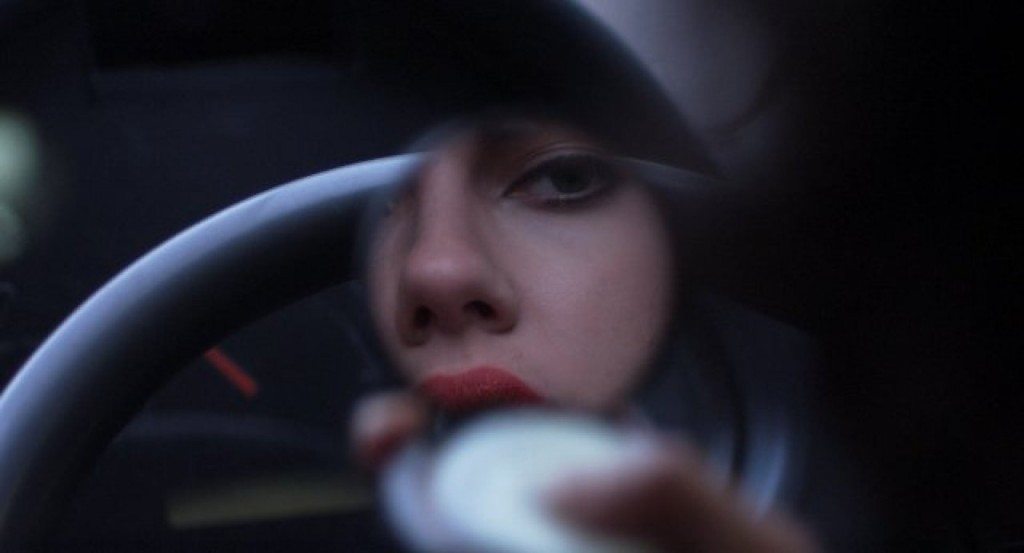
There’s more than a bit of arty pretentiousness going on in Jonathan Glazer’s third film Under the Skin. While it’s hard to take altogether, the film is superb in several parts – one cannot deny the thematic layer of feminism nestled neatly beneath the deliberate narrative of an alien’s incorporation into the human race and the remote experiences that ensue. Scarlett Johansson’s body is a vessel for an otherworldly creature, and as she consumes Scottish men in the trippy seduction sequences, the feminine becomes monstrous only before the character’s underlying humanity finally turns the story into a muted tragedy. Femininity is a mask, and as such the world appears distant, detached and unfamiliar.
Read More: Best Horror Movies of All Time
1. The Witch
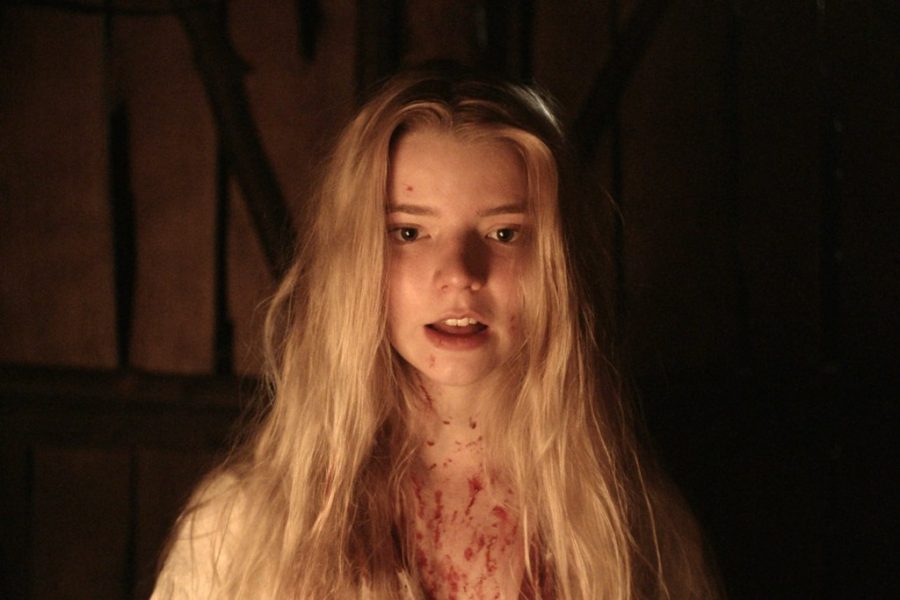
The Witch is the best horror movie of the decade and one of the most auspicious debuts in some time. Using slow burn, atmospheric, unsettling horror for a purpose – rather than as a hipster aesthetic like many A24 joints – this film’s thematically rich screenwriting lays out an outline for a modern classic. So even if the accurate tongue of the dialogue, the fastidious costume and production design, magnificent camerawork and surreal progress of supernatural elements weren’t enough, the violent grappling with religious purity at the film’s center in Anya Taylor-Joy’s Thomasin pierces at the heart of the repression of the feminine. Thomasin acts as a blameless innocent somehow yearning for absolution by her Puritan faith, the flipside of the coin that bears the titular creature that feeds on a young baby to retain her youth. Thomasin’s family accuses her of witchcraft, and finally after being forced to kill her deranged mother and watch her father die, selling her soul to the devil just to forget the god-awful life she once knew feels like long-awaited liberation. Once she’s chosen to live deliciously in the last moments of The Witch, the laugh Thomasin expels as she beings to float is a perfectly chilling punctuation to a densely rewarding fable and an intellectually invigorating horror masterpiece.
Read More: Best Horror Movies of the 2010s

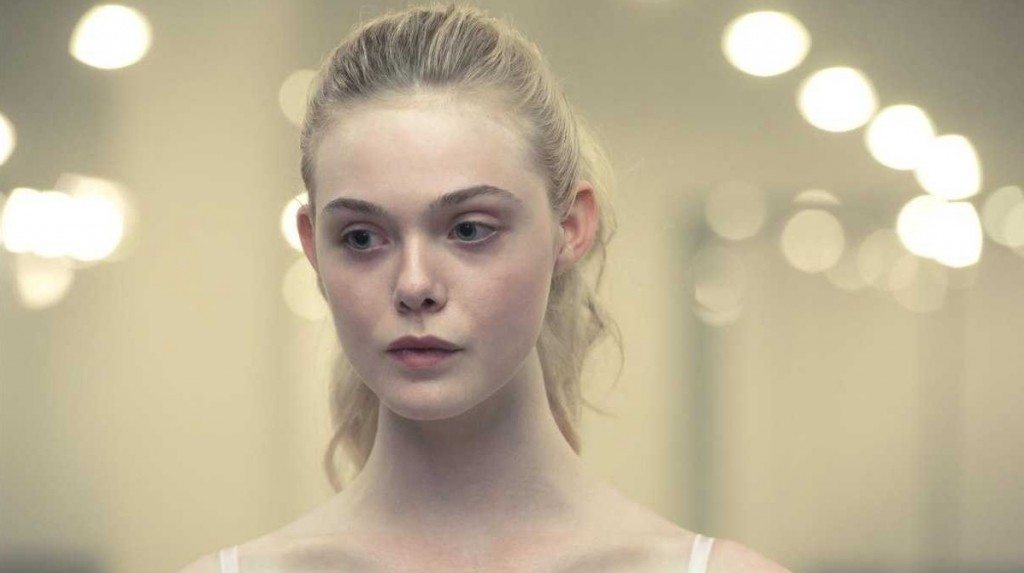
You must be logged in to post a comment.